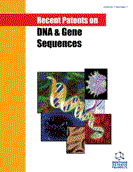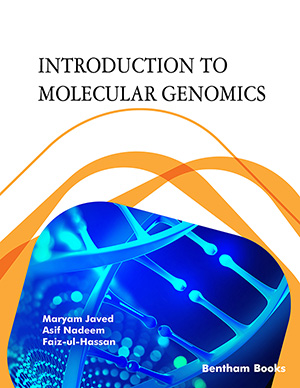Abstract
Toll-like receptors (TLRs) are members of pattern recognition receptor family involved in sensing and eliciting responses against many pathogens based primarily on their molecular patterns. TLRs are major markers of innate host defence and are evolutionarily conserved across various species from insects to humans. These type I transmembrane proteins expressed by innate immune cells (dendritic cells, macrophages, NK cells), cells of the adaptive immunity (T and B lymphocytes) and non-immune cells (epithelial, endothelial cells and fibroblasts) orchestrate the adaptive immunity to combat the infections. Thirteen TLRs have been identified in mammals and the overlap between them allows recognition of a diverse range of pathogens. Recent research reviewed here is focused on modulating the innate immunity in mammals through use of TLR agonists in combating infections. Single nucleotide polymorphisms (SNPs) of TLR genes associated with incidence and course of infectious diseases and inherited diseases in human population are also reviewed.
Keywords: Toll-like receptor, innate immunity, antiviral, anti-bacterial, anti-inflammatory, anti-tumor, immune adjuvant, single nucleotide polymorphism, infectious disease, genetic disease
 2
2











